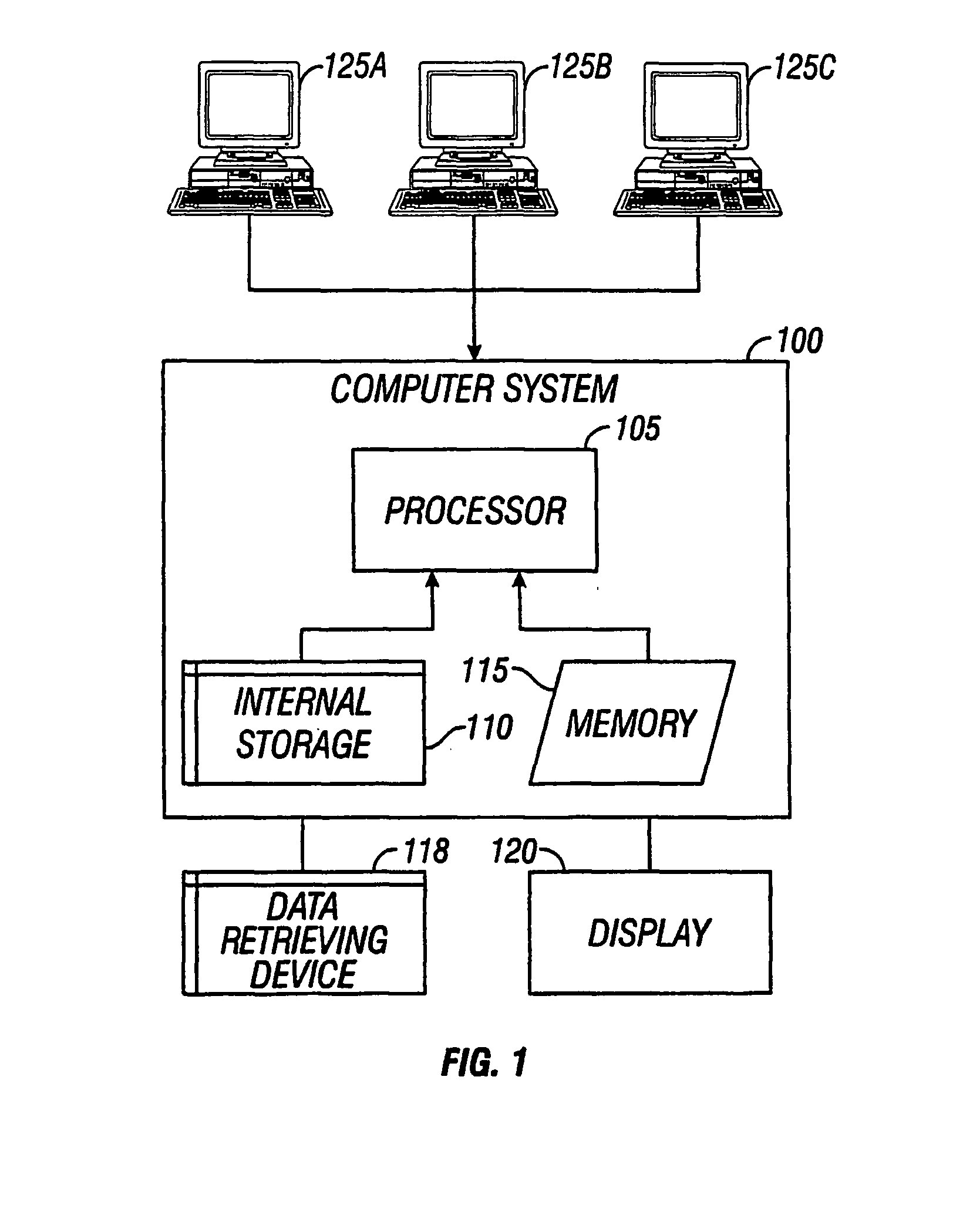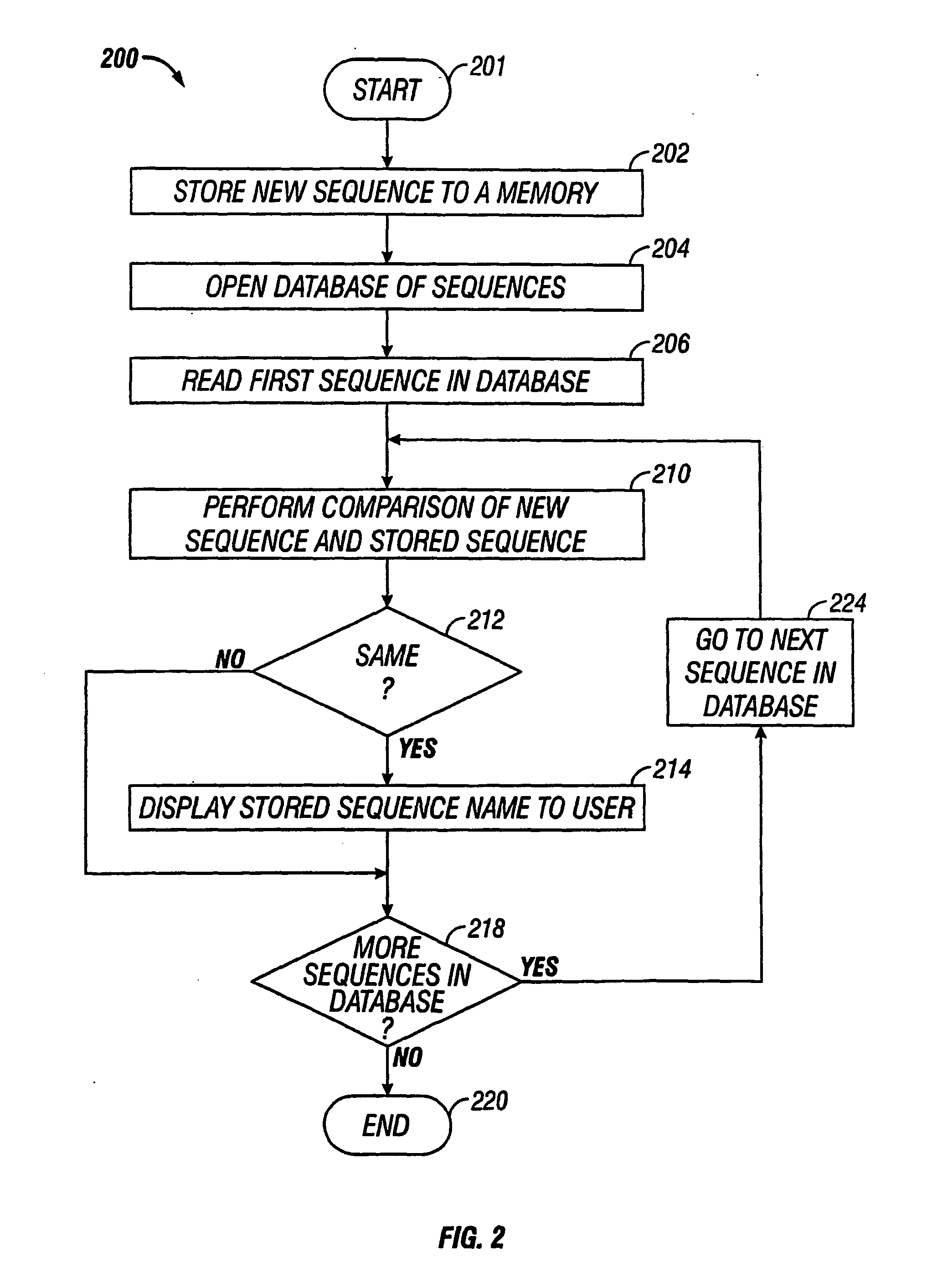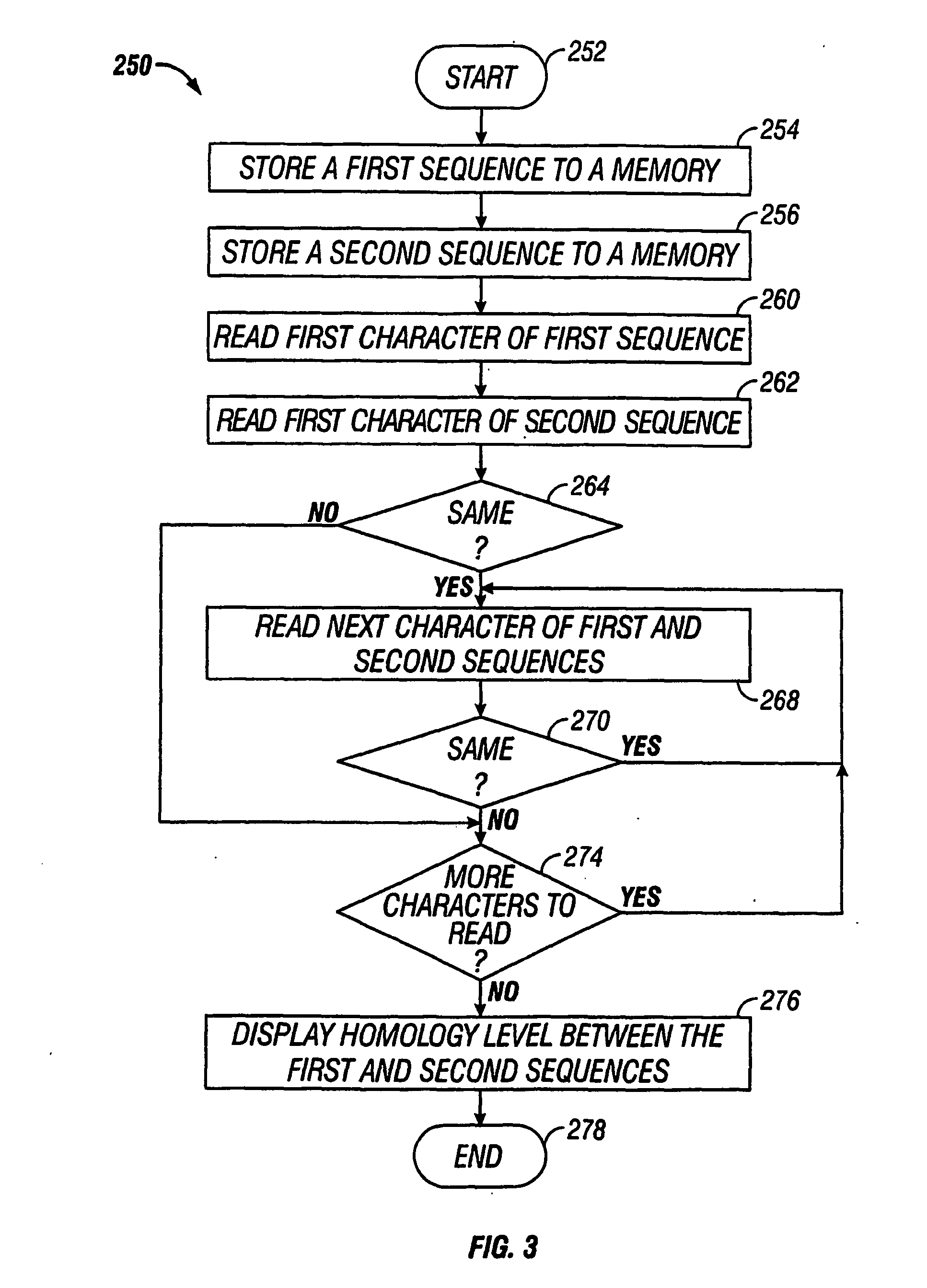Xylanases, nucleic acids encoding them and methods for making and using them
a technology of xylanases and nucleic acids, applied in the field of enzymes, polynucleotides and polypeptides, can solve the problems of difficult machine and biscuit size reduction, wort filterability and haze formation, loss of crispiness, etc., to improve the texture or improve the texture and flavor of the dairy product
- Summary
- Abstract
- Description
- Claims
- Application Information
AI Technical Summary
Benefits of technology
Problems solved by technology
Method used
Image
Examples
example 1
Plate Based Endoglycosidase Enzyme Discovery: Expression Screening
[0678] Titer determination of Lambda Library: Add 1.0 μL of Lambda Zap Express amplified library stock to 600 μL E. coli MRF′ cells (OD600=1.0). Dilute MRF′ stock with 10 mM MgSO4. Incubate mixture at 37° C. for 15 minutes, then transfer suspension to 5-6 mL of NZY top agar at 50° C. and gently mix. Immediately pour agar solution onto large (150 mm) NZY media plate and allow top agar to solidify completely (approximately 30 minutes). Invert the plate. Incubate the plate at 39° C. for 8-12 hours. (The number of plaques is approximated. Phage titer determined to give 50,000 pfu / plate. Dilute an aliquot of Library phage with SM buffer if needed.)
[0679] Substrate screening: Add Lambda Zap Express (50,000 pfu) from amplified library to 600 μL of E. coli MRF′ cells (OD600=1.0) and incubate at 37° C. for 15 minutes. While phage / cell suspension is incubating, add 1.0 mL of desired polysaccharide dye-labeled substrate (usual...
example 2
GSSM™ Screen for Thermal Tolerant Mutants
[0685] The following example describes an exemplary method for screening for thermally tolerant enzymes.
[0686] Master Plates: Prepare plates for a colony picker by labeling 96 well plates and aliquoting 200 μL LB Amp 100 into each well. (˜20 ml needed per 96 well plate). After the plates are returned from the picker, remove media from row 6 from plate A. Replace with an inoculation of SEQ ID NO: 189. Place in a humidified 37° C. incubator overnight.
[0687] Assay Plates: Pin tool cultures into a fresh 96 well plate (200 μL / well LB Amp100). Remove plastic cover and replace with Gas Permeable Seal. Place in a humidified incubator overnight. Remove the seal and replace plastic lid. Spin cultures down in tabletop centrifuge at 3000 rpm for 10 min. Remove supernatant by inversion onto a paper towel. Aliquot 45 μL Cit-Phos-KCl buffer pH 6 into each well. Replace the plastic lid with an aluminum plate seal. Use a roller to get a good seal. Resuspen...
example 3
GSSM™ Assay for HIT Verification of Thermal Tolerant Mutants
[0690] The following example describes an exemplary method for assaying for thermally tolerant enzymes.
[0691] Pin tool or pick clones into duplicate 96 well plates (200 ul / well LB Amp 100). Remove the plastic cover and replace with a Gas Permeable Seal. Place in a humidified incubator overnight. Remove the Seal and replace with a plastic lid. Pintool the clones to solid agar. Spin cultures down in tabletop centrifuge at 3000 rpm for 10 min. Remove the supernatant by inversion onto a paper towel. Aliquot 25 μl BPER / Lysozyme / DNase solution (see below) into each well. Resuspend cells in a plate shaker on level 6-7 for ˜30 seconds.
[0692] Incubate the plate on ice for 15 minutes. Add 20 μL of Cit-Phos-KCl buffer pH 6 into each well. Replace the plastic lid with an aluminum plate seal. Use a roller to get a good seal. Mix on a plate shaker at level 6-7 for ˜30 seconds.
[0693] Place one 96 well plate in an 80° C. incubator for ...
PUM
| Property | Measurement | Unit |
|---|---|---|
| temperature | aaaaa | aaaaa |
| temperature | aaaaa | aaaaa |
| temperature | aaaaa | aaaaa |
Abstract
Description
Claims
Application Information
 Login to View More
Login to View More - R&D
- Intellectual Property
- Life Sciences
- Materials
- Tech Scout
- Unparalleled Data Quality
- Higher Quality Content
- 60% Fewer Hallucinations
Browse by: Latest US Patents, China's latest patents, Technical Efficacy Thesaurus, Application Domain, Technology Topic, Popular Technical Reports.
© 2025 PatSnap. All rights reserved.Legal|Privacy policy|Modern Slavery Act Transparency Statement|Sitemap|About US| Contact US: help@patsnap.com



